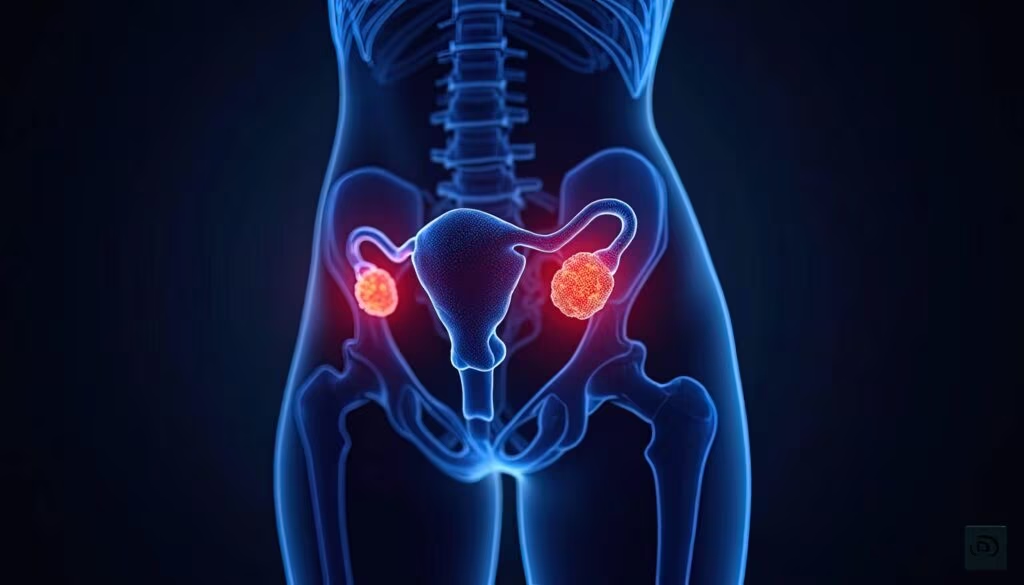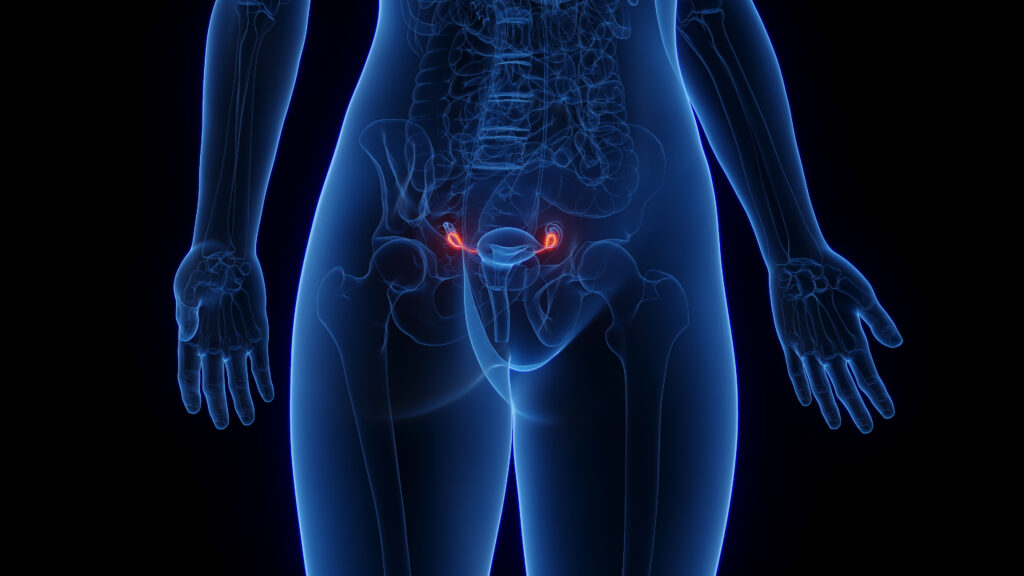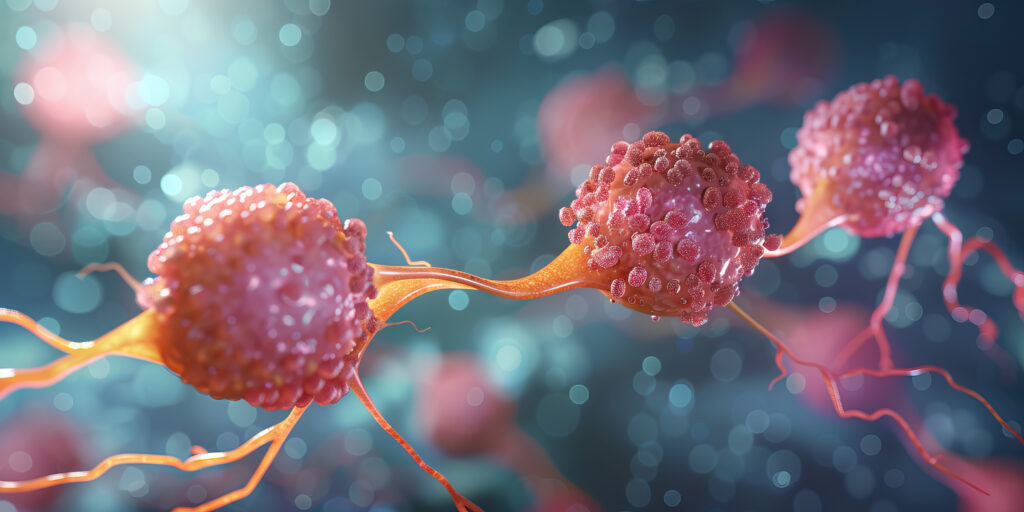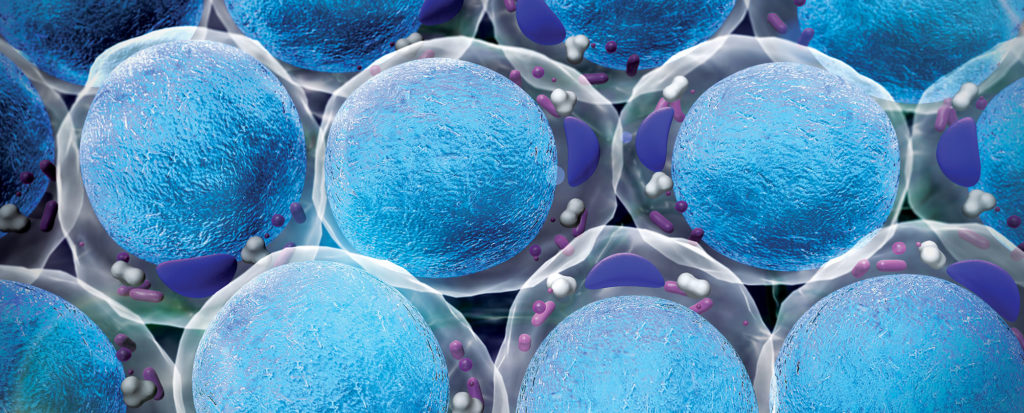Erectile dysfunction (ED) has clearly emerged as one of the significant medical problems of the 21st century. Attention from the media and the public as a result of a better understanding of the physiology of erections and the pathophysiology of ED, as well as new treatment options, has made ED almost a household term. This article will provide a summary review of the treatment options available for erectile dysfunction.
Erectile dysfunction (ED) has clearly emerged as one of the significant medical problems of the 21st century. Attention from the media and the public as a result of a better understanding of the physiology of erections and the pathophysiology of ED, as well as new treatment options, has made ED almost a household term. This article will provide a summary review of the treatment options available for erectile dysfunction. Before delving into treatment, we should review a few basic principles, including the accepted definition of ED, which is the inability of a man to attain and/or maintain penile erection sufficient for satisfactory sexual performance. It is estimated that over 20 million men in America are affected by ED. It is an age-dependent problem with a larger number of older men having more advanced ED, but it is certainly not an inevitable result of aging. There are two main classifications of ED – psychogenic and organic. It is currently accepted that at least 80% of ED is primarily organic, but there will always be a psychogenic component due to the emotional nature of this disorder. It has also been recognized that ED may be the earliest sign of either undiagnosed or under-treated disorders. The most common of these include diabetes, hypertension, dyslipidemia, and vascular changes due to smoking. All of these factors are known to accelerate vascular disease, presumably by causing endothelial and possibly smooth muscle dysfunction. It is therefore incumbent upon all caregivers to ask every man over the age of 40 about their erectile function during the initial consultation or in an annual review of systems.
It seems that, as a result of all the media attention, as well as direct-to-consumer advertising regarding oral therapy for ED, many caregivers do not feel the need to ask their male patients about their erectile function. This may be because these physicians believe that men with ED would readily come to the physician requesting assessment and treatment. Unfortunately, this is not the case. A 2003 study demonstrated that, even in the urologist’s office, where one would think the physicians would be most comfortable and aware of the importance of ED, of 500 men presenting with non-ED problems (e.g. benign prostatic hypertrophy, stones, etc.) when questioned directly about ED, 44% had some level of ED. Most importantly, when these men were asked why they did not bring this issue up with their urologist, 75% stated that they were too embarrassed to do so. Therefore, questions regarding ED remain a critical component of the male health assessment, as it may be an important indicator of other medical problems and may also be responsible for a significant compromise in quality of life, as well as interpersonal relationships.
Mechanism of Erection
An erection is a complex neurovascular event occurring in the proper hormonal and psychological environment. Therefore, in the modern era, treatment has been primarily directed to enhance blood flow to the penis in men where there may be a compromised vascular supply or a damaged neurological system. Erections occur as a result of central nervous system arousal from a variety of stimuli that result in the release of neurotransmitters within the penis. The most important of these chemicals is nitric oxide (NO), which diffuses into the smooth muscle cell and activates the release of cyclic guanosine monophosphate (cGMP). This causes smooth muscle relaxation within the cavernosal tissue and cavernosal arteries. As a result, there is an active increase in arterial flow and a passive restriction of blood resulting in venous trapping. This results in increased intracavernosal pressure and in the healthy individual, a rigid erection. At the time of orgasm and ejaculation, there is significant sympathetic neural discharge resulting in vasoconstriction, diminished arterial flow into the penis, and subsequent detumescence.
Although the workup of erectile dysfunction can be complex, invasive, expensive and time-consuming, it need not be this way. In fact, the initial evaluation can be conducted in a matter of minutes by a directed and controlled interview focusing on the duration, severity, and frequency of ED, a review of the patient’s past medical history, and a physical exam focusing on virilization, peripheral pulses, and the penis to rule out any structural abnormalities such as Peyronie’s disease. Laboratory studies can be streamlined to a lipid profile and glucose assessment if they have not been done recently. Serum testosterone assessment need not be obtained routinely unless there is a complaint of low libido and symptoms of hypogonadism. This streamlined and brief evaluation can be performed by the primary care physician and followed by treatment if indicated. The patients, who may benefit from referral to an ED specialist for more advanced evaluation, include those who have failed oral drugs, have a history of pelvic or perineal trauma, or have Peyronie’s disease. In addition, the young male – under 40 years old – who has primary ED and those where there may be a significant medicolegal issue will require a more detailed assessment.
Impacts of Life style
Before getting into the specific treatment options, men with ED should be offered lifestyle modification when appropriate. This includes suggesting a healthy diet and weight-loss program, reducing stress when possible, lowering alcohol intake when excessive, and stopping smoking. By and large, it does not appear that there is a significant likelihood of improvement of erectile function in men with hypertension when medications are switched around. On the other hand, a selective sub-analysis of the Massachusetts male aging study found that men who stopped smoking, reduced alcohol consumption, or lost weight in middle-age did not reduce their likelihood of developing ED over time. This suggests that lifestyle changes in middle-age were too late to reverse the effects of tobacco, alcohol and obesity. On the other hand, increased physical activity for sedentary men, even in midlife, was shown to reduce the likelihood of developing ED. A recent study of obese men without diabetes or hypertension also demonstrated that a program of weight loss and regular exercise was associated with improvement in sexual function in about one-third of them. Another recent study, following a group of male smokers with ED for one year after smoking cessation, found that over 25% of the younger men – not clearly defined – did have improvement of their erectile function, and that the severity of their ED at baseline correlated with their smoking exposure in pack years. Therefore, the practicing physician can potentially use ED as a ‘stick’ to encourage their male patients who are obese, sedentary, and/or smokers to change these behaviors as they may experience some recovery of erectile capacity without medication or invasive therapy.
When treatment of ED is indicated, a useful guideline is the ‘Process of Care’, which purposes that sensible treatment of ED can take a first-, second- and third-line approach. First-line therapy includes oral agents, vacuum pumps, and hormone replacement with testosterone when indicated. Of course, psychosexual counseling is included as first-line treatment when a primary psychogenic etiology is identified. Second-line treatment includes injecting vasoactive agents into the penis or instilling them directly into the urethra. And lastly, third-line treatment includes penile prosthesis implantation in the highly motivated individual who has failed other treatments or is not a candidate for them. Vascular reconstructive surgery is rarely indicated for the young and healthy male whose ED was the result of a vascular injury following penile, pelvic, or perineal trauma.
The experience with the oral type V phosphodiesterase inhibiting class of drugs (PDE-5 inhibitors) has been extraordinary. Millions of men worldwide have used sildenafil, vardenafil, and tadalafil. These agents work by inhibiting the enzyme phosphodiesterase type V which breaks down the important vasodilating chemical, cGMP, noted earlier. By preserving this chemical, there is a greater opportunity to enhance penile blood flow. Sildenafil (Viagra®, Pfizer) was first available in 1998, followed by vardenafil (Levitra®, GlaxoSmithKline) and tadalafil (Cialis®, Lilly/ICOS). An extraordinary number of studies of these three agents have demonstrated their safety and efficacy in a wide population of men with a variety of comorbid conditions, including hypertension, diabetes, depression, smoking, and spinal cord injury, as well as following transurethral resection of the prostate and radical prostatectomy. All these studies have demonstrated marked improvement of erections over placebo. Long-term data is becoming available for all three drugs. A four-year study of sildenafil in over 900 men demon-strated no evidence of tachyphylaxis or tolerance.
Alternative Treatments
It should be recognized that these agents do not work in all men with ED, and this is especially true in those with more advanced neurovascular disease associated with diabetes and severe hypertension, or following pelvic trauma including radical prostatectomy. For those men, second- and third-line therapy may be indicated. Before discussing these options, we should employ strategies which can enhance the success of oral therapy with the PDE-5 inhibitor class of drugs. This includes dose titration to the maximum dose. Importantly, there is no evidence of a dose effect with respect to blood pressure or cardiovascular risk with all three agents. Patients should therefore be given the opportunity, when first receiving a prescription, to titrate to the maximum recommended dose. Repeated trials of intercourse are also recommended as there may be a period of psycho-social adjustment that may be necessary between the couple before sex is successful. Food intake has been suggested to slow gastric emptying and therefore may delay onset of action. Therefore, if there is no initial success with these agents, it may be worth trying them on an empty stomach. Patients should be aware that although all of these agents may be active as early as 15 minutes after oral intake, most men will find that it will be 30–60 minutes before optimum response is experienced. Of course, sexual stimulation is necessary to activate release of NO and cGMP.
For those men who have employed all the above strategies but still are not having success, a lipid panel and serum total testosterone should be checked. Several articles have shown that men who have an elevated LDL-cholesterol (>100ng/dl) or low testosterone (<400ng/dl) that are corrected by statin therapy or testosterone replacement, respectively, have an increased likelihood of having a positive response to a PDE-5 inhibitor. Lastly, if the man has failed with one PDE-5 inhibitor, it is certainly reasonable to try another, as that individual’s own personal chemistry may result in a better response to a different drug within the class. The tolerability/side effect profile of all three PDE-5 inhibitors are similar for the most part; adverse events are mild to moderate in degree and are primarily associated with peripheral vasodilation resulting in headache, nasal congestion, and facial flushing. Dyspepsia can also occur as a result of relaxation of the gastroesophageal sphincter, which is also under PDE-5 control. Tadalafil is unique in having a higher incidence of back or lower limb pain presumably associated with venous pooling in large muscles in these areas of the body. Studies have demonstrated that the back pain or myalgias are not due to autoimmune phenomena or myolysis, and may be readily reversed with nonsteroidal anti-inflammatory drugs and ambulation. There is also no evidence that these drugs are cardiotoxic or that they increase the risk of experiencing a cardiovascular event. In fact, all three agents have been shown in pooled analyses of clinical trials to have a reduced cardiac morbidity/mortality rate as compared with placebo. Therefore, these drugs may in time be considered cardioprotective.
The physician’s primary concern for men with known cardiovascular disease is whether their heart can tolerate the exercise associated with sexual activity, which is estimated to be around three–six metabolic equivalent of energy expenditure (METs). One absolute contraindication to the use of all PDE-5 inhibitors is the use of any nitrate medication at any time. The combination of a PDE-5 inhibitor with a nitrate can result in a catastrophic drop in blood pressure, and is therefore absolutely contraindicated. Recently, the media has drawn attention to reports of non-arteritic anterior ischemic optic neuropathy (NAION), which is recognized as one of the most common causes of acute blindness in men and women over the age of 50. Men who have been exposed to all three of the PDE-5 inhibitors have been reported to have experienced NAION. To date, there is no evidence of a cause and effect between the taking of a PDE-5 inhibitor and NAION. The literature on the effect of PDE-5 inhibitors in the eye show increased blood flow to all structures of the eye, which is opposite to the vasospasm or ‘stroke’ of the eye, which results in NAION.
All three drugs have potential advantages to their use, and those benefits appear to be consistent with their individual pharmacokinetics. Sildenafil has been reported to result in better erection hardness, whereas vardenafil has been reported to cause earlier onset of action, and tadalafil has the longest duration of action providing a longer window of opportunity for improved erectile response. No head-to-head studies have been conducted with strict placebo and blinding techniques and therefore, at this time, no drug can claim to be the best PDE-5 inhibitor.
Second-line Options
When oral therapy fails or is contraindicated, then second-line treatment with intracorporeal injection or intraurethral instillation of vasoactive agents is indicated. Intracorporeal injection became popular in the mid-1980s when vasodilators including papaverine, phentolamine, and alprostadil were injected either alone or in combination directly into the corpus cavernosum. The only agent that has been Food and Drug Administration (FDA)-approved for intracorporeal injection is alprostadil (Caverject®, Edex®). These drugs result in a vasodilation of the cavernosal tissue and thereby bypass the neurological stimulus resulting in release of NO. Approximately 85% of patients using injection therapy will have a satisfactory erectile response. Injection therapy requires careful titration of dose and instruction in autoinjection technique. This is to reduce the likelihood of prolonged erection or priapism, intracorporeal fibrosis, and penile deformity.
The research in the field of ED has been remarkable in terms of its scope and accomplishment. The fact that 90% of men with ED now have an opportunity to try an FDA-approved oral therapy to enhance their erectile capacity was unheard of less than 10 years ago. The key to successful treatment starts with a routine enquiry regarding sexual function in all men over the age of 40 years, followed by a streamlined assessment. In the man who is interested in improving or resuming sexual activity due to ED, there are a wide variety of safe and effective treatment options. ■
This article is continued in the Reference Section on the website supporting this briefing (www.touchbriefings.com).












